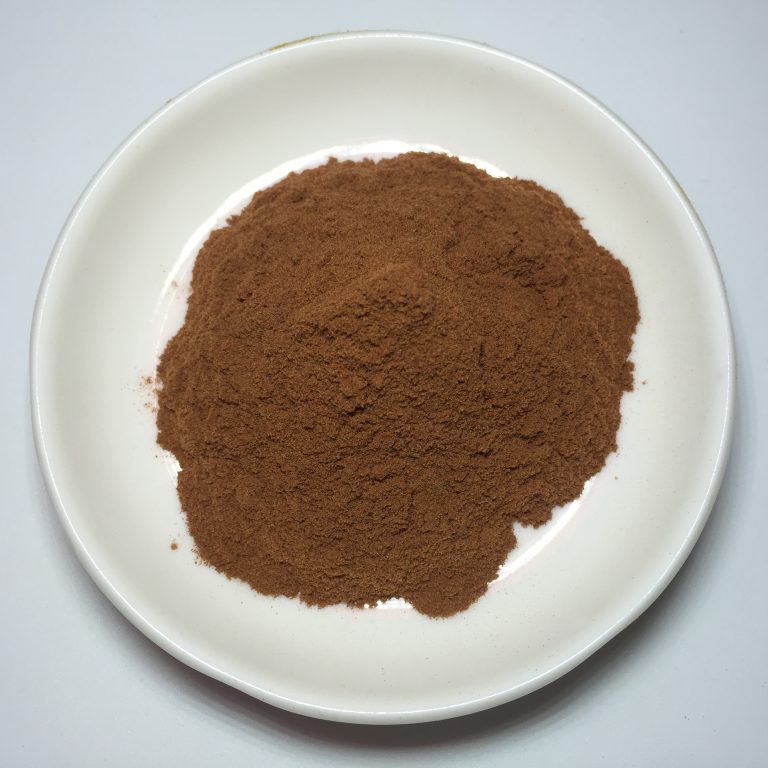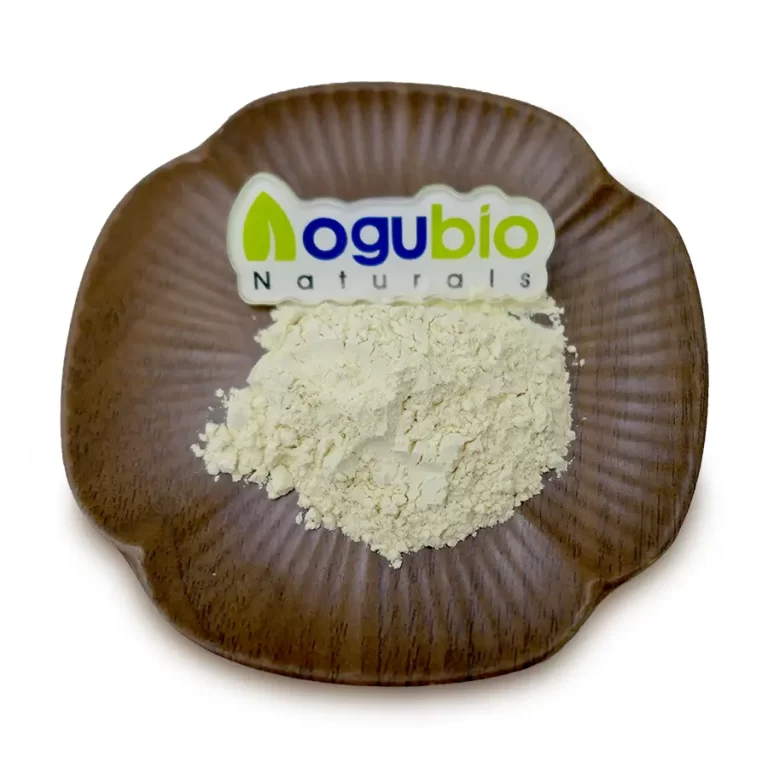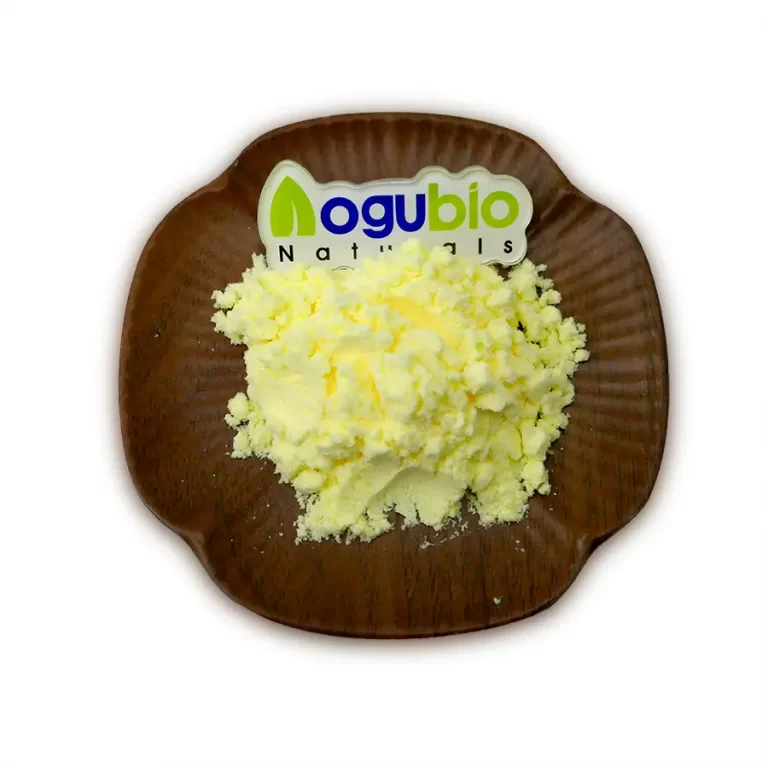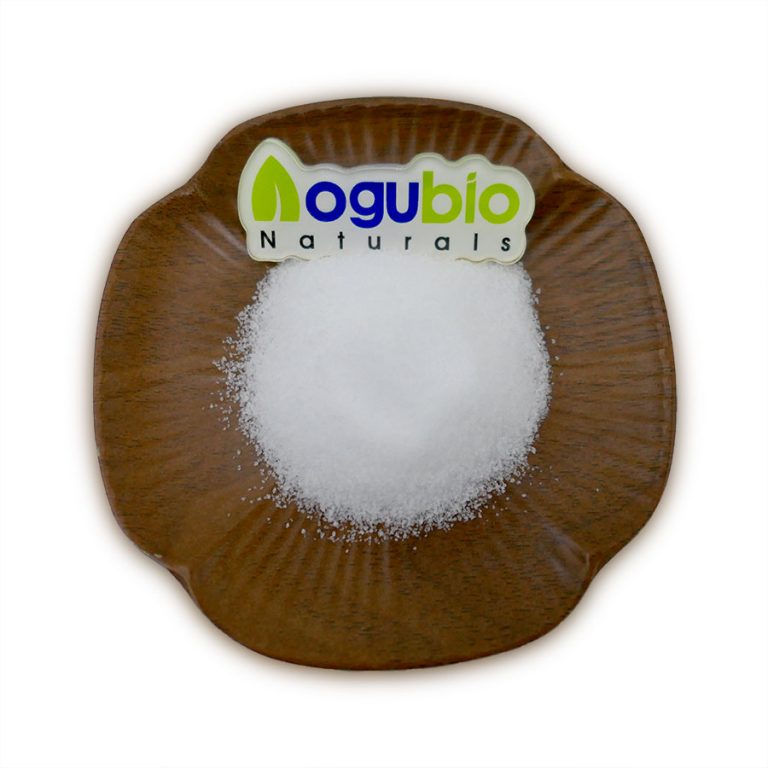What benefits does Mandelic Acid have on skin?
2019-08-20

Mandelic acid belongs to the alpha hydroxy acid. Extracted from bitter almonds, this naturally derived acid has been shown to improve all skin types from oily and acne prone to mature, sensitive and everything in between. Best known for its exfoliation capability, mandelic acid is gentler than AHAs, glycolic and lactic acids. Plus, it’s oil soluble which allows it to not only exfoliate the surface of your skin but work deeper down on your pores as well.

What benefits does mandelic acid have on skin?
Wrinkles and fine lines
Mandelic acid is a go-to anti-ageing ingredient in the world of skincare. It works to accelerate cell turnover by dissolving the tiny bonds that hold skin cells together, helping to remove dead skin on the surface that can lead to dull complexions, as well as fine lines. It also strengthens collagen , one of the building blocks of the skin’s support network that gives it youthful firmness.
Hyperpigmentation and discolouration
Mandelic acid has been shown to reduce melasma by as much as 50% in four weeks, resulting in a more evenly colored complexion and an example of its excellence in correcting skin tones. Those with deeply pigmented skin often have problems using alpha hydroxy acids because of the irritation they cause. This irritation can stimulate pigment-producing cells to produce more melanin, especially amongst darker complexions.
Mandelic Acne Treatment
Mandelic acid’s antibacterial properties are extremely helpful in treating acne. It also helps to regulate sebum production and in turn decrease the occurrence of breakouts. Mandelic acid has even been shown to benefit those who suffer from cystic acne. Some dermatologists combine salicylic acid with mandelic acid to use as a superficial Mandelic Acid peel to treat acne with good results.








 Imaherb China manufacturer supply Apple Extract Powder
Imaherb China manufacturer supply Apple Extract Powder Imaherb China manufacturer supply Apigenin Powder 98%
Imaherb China manufacturer supply Apigenin Powder 98% Imaherb Factory supply Alpha Lipoic Acid Powder CAS 1077-28-7
Imaherb Factory supply Alpha Lipoic Acid Powder CAS 1077-28-7 Imaherb Factory supply Alpha GPC Powder CAS 28319-77-9
Imaherb Factory supply Alpha GPC Powder CAS 28319-77-9 Imaherb Factory supply Alliin Powder 98% CAS 556-27-4
Imaherb Factory supply Alliin Powder 98% CAS 556-27-4 skype
skype Sales Manager
Sales Manager Rebekah
Rebekah Rachel
Rachel Miranda
Miranda Camilla
Camilla
 Sales Manager
Sales Manager